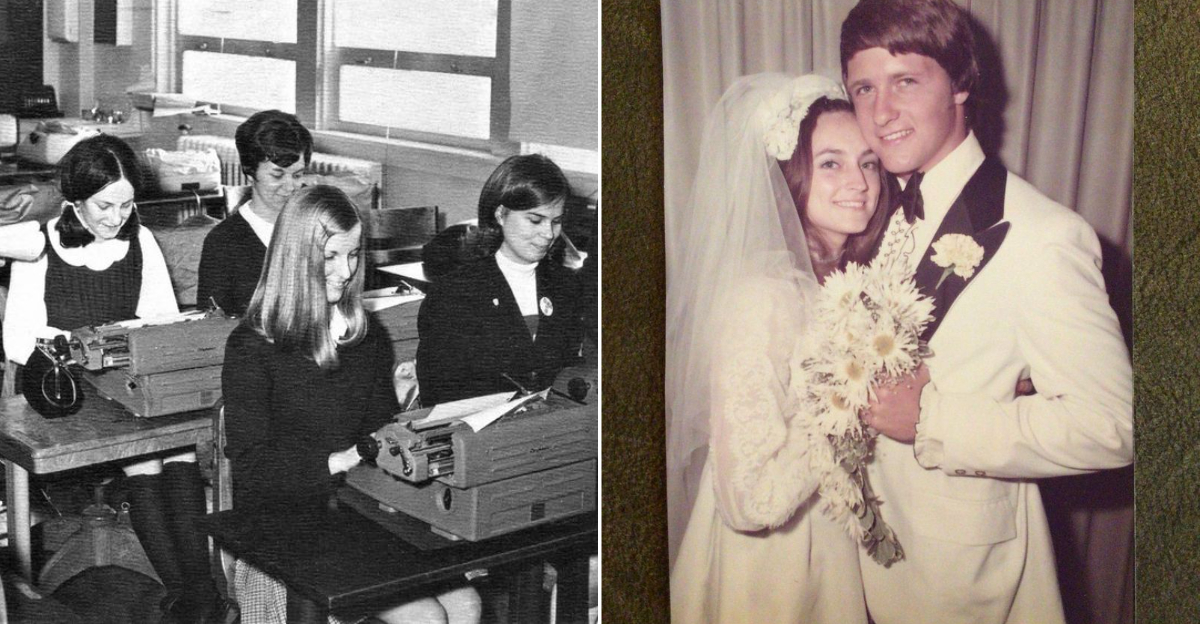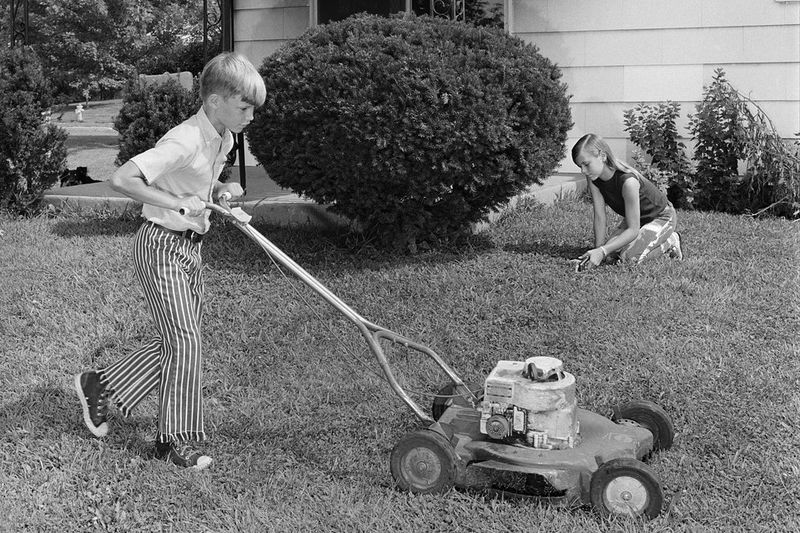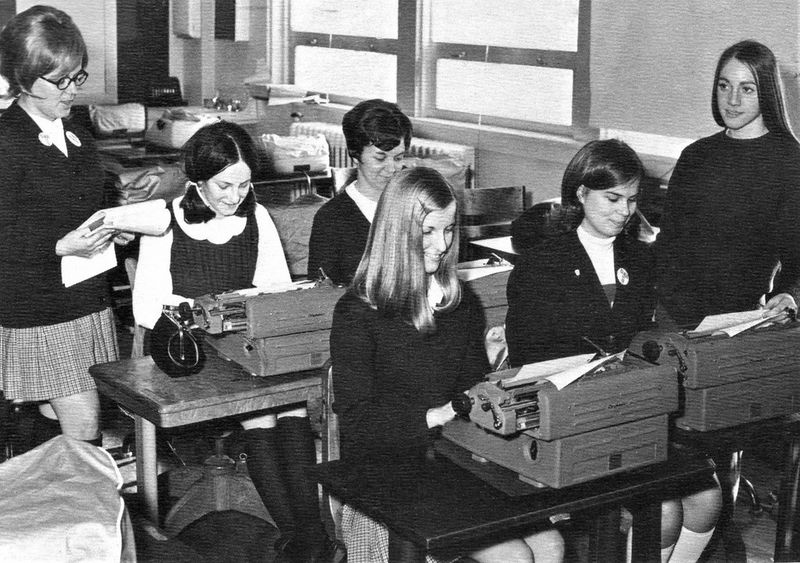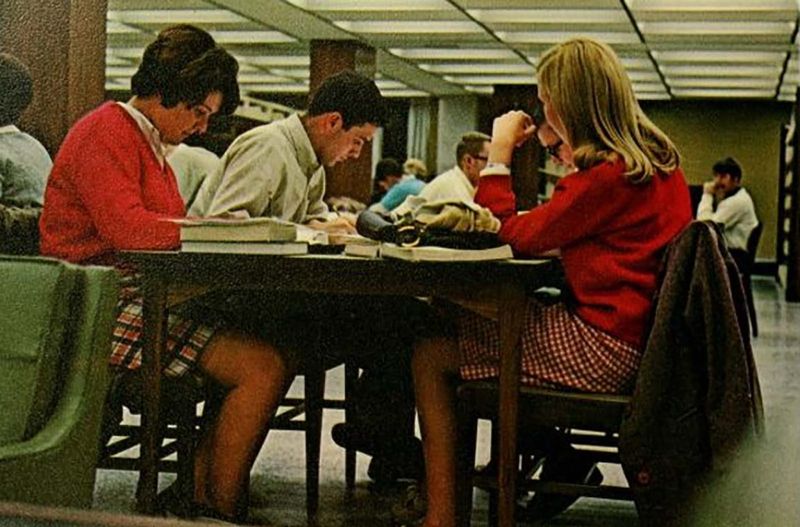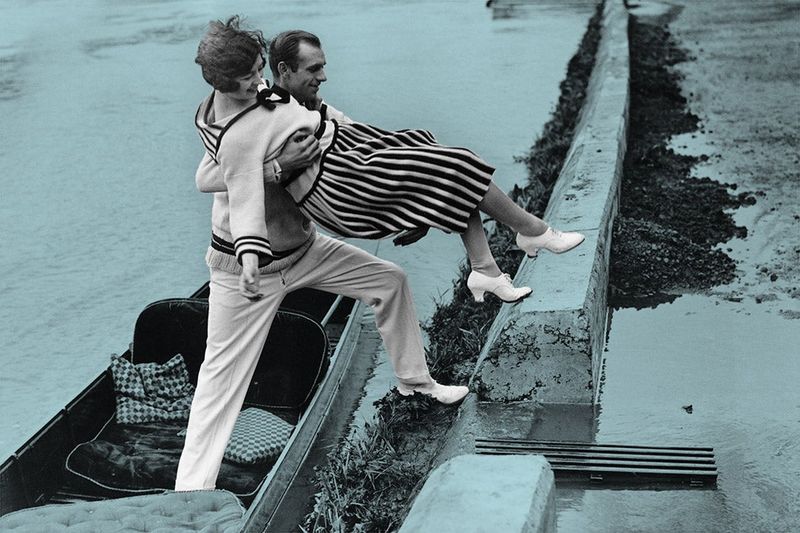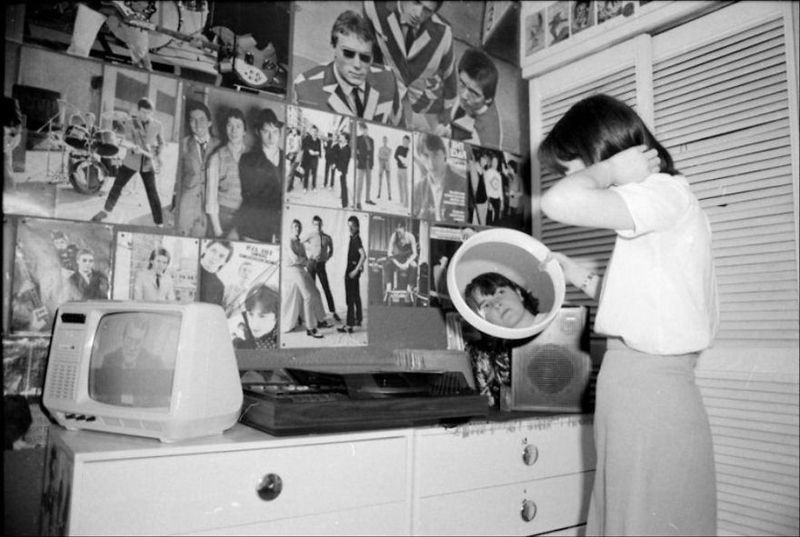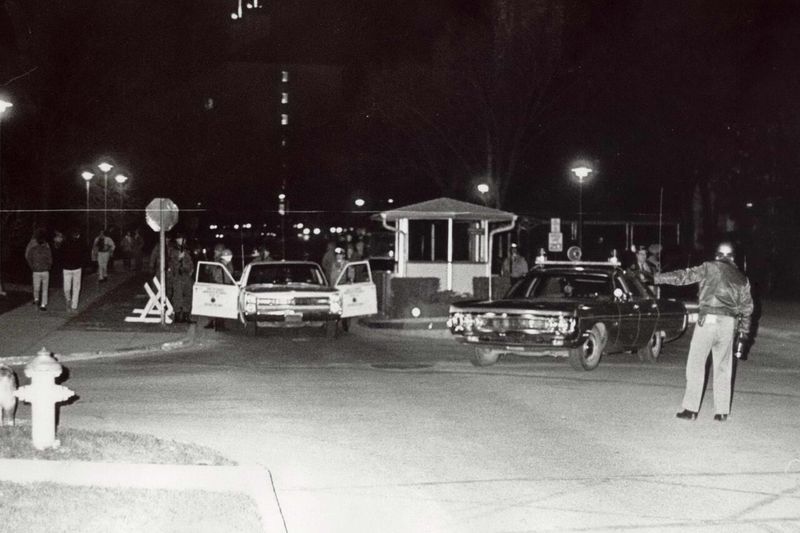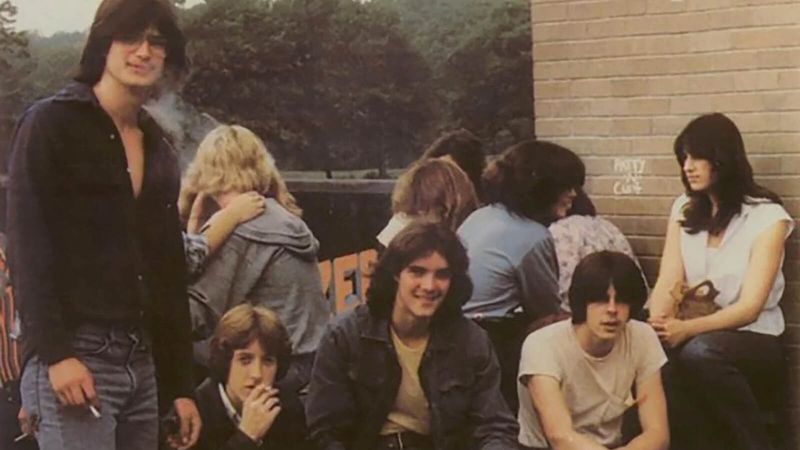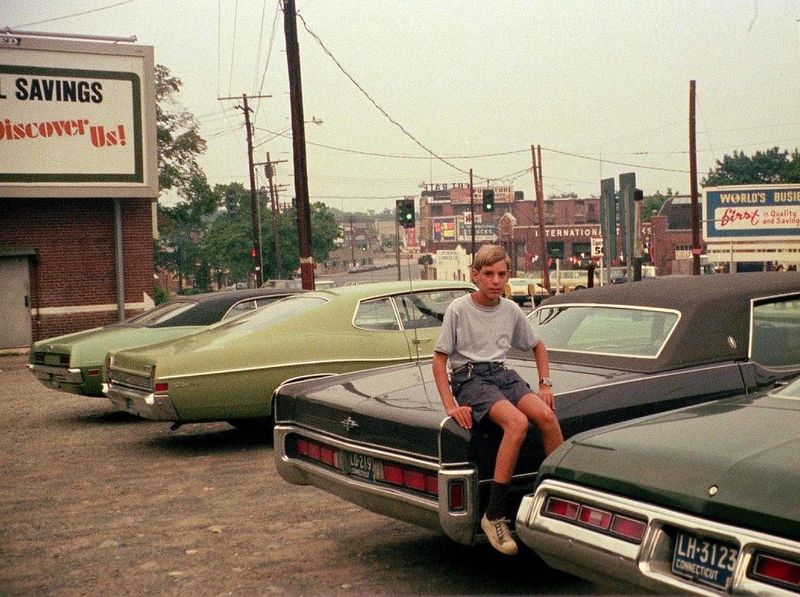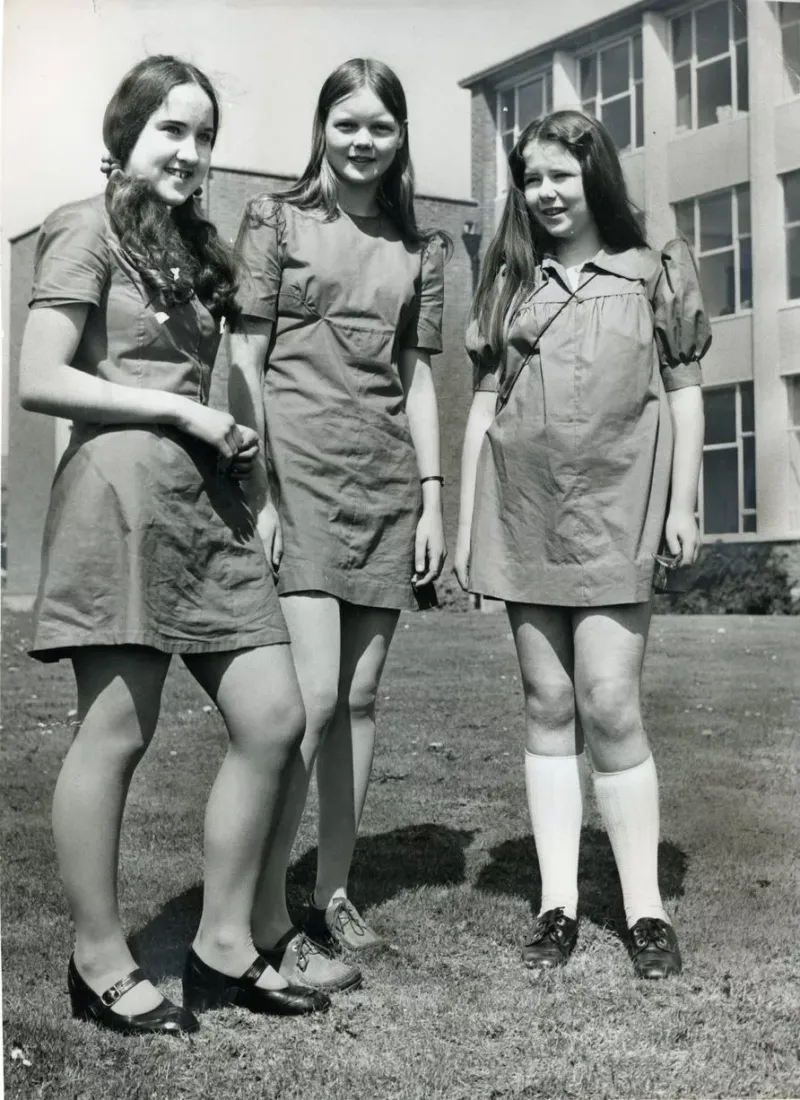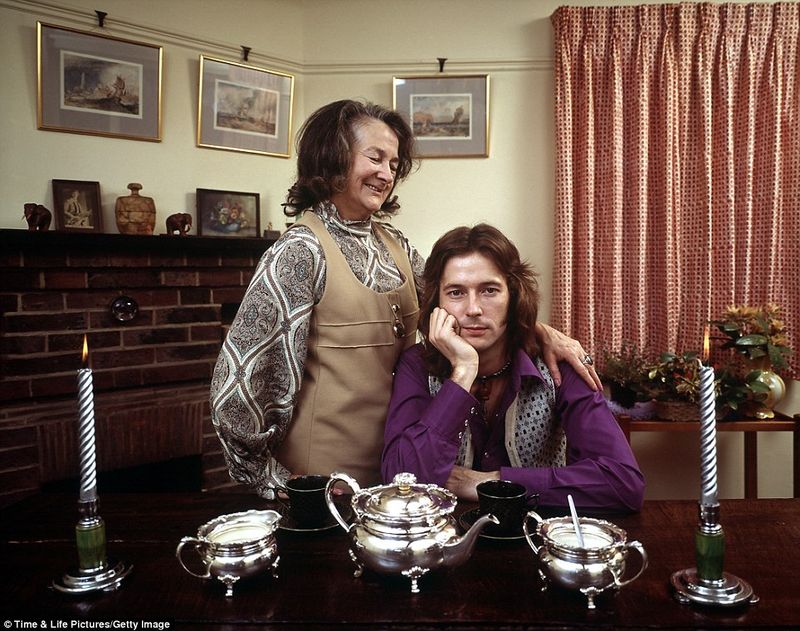The 1970s were a time of unique cultural expectations for teenagers. From needing to move out by age 18 to enduring strict curfews, teens in this era navigated a landscape vastly different from today.
This blog post explores 17 bizarre expectations they had to live with.
1. Move Out at 18—No Exceptions
In the 1970s, turning 18 often meant packing up and moving out, ready or not. It was a rite of passage imbued with both excitement and trepidation. Leaving the familiar nest signified adulthood, independence, and entry into the wider world.
Parents expected their children to be self-sufficient, and the societal norm was clear: adulthood started with self-reliance. The pressure to find a job, secure a place to live, and balance newfound responsibilities was immense.
Many teens had to adapt quickly, learning to manage finances and navigate life on their own. This expectation shaped character, often instilling resilience and determination.
For some, it was a thrilling adventure into the unknown, but for others, an overwhelming challenge. A mix of fear and freedom greeted those who stepped into this new chapter, defining a generation’s journey into adulthood.
2. Get a Job Before You Can Drive
During the 1970s, many teens were expected to enter the workforce before they could legally drive. Part-time jobs were not just about earning money for leisure, but a necessary contribution to the family budget or saving for future plans.
Working in local diners, grocery stores, or as paperboys, teens learned the value of hard work and responsibility early on. The experience offered life lessons far beyond the four walls of a classroom.
Balancing work with school and social life required maturity and time management skills. It was a lesson in juggling priorities, creating a foundation of work ethics that would follow them into adulthood.
3. Girls Must Learn to Type—For Their Future Secretarial Career
For many ’70s girls, learning to type was not just an option; it was an expectation. Typing classes were filled with young women preparing for careers as secretaries, a role deemed appropriate for their gender.
Schools offered typing as an essential skill, and it was often taught alongside other business classes. Mastery of the typewriter was seen as a gateway to stable employment, even if aspirations reached beyond the secretarial pool.
This expectation underscored broader societal norms about gender roles and career paths. It was a reflection of limited opportunities, steering young women towards predefined futures, often irrespective of personal interests or ambitions.
4. Boys Don’t Cry—Ever
The phrase “boys don’t cry” was more than just words; it was a creed that shaped young men’s emotional landscapes in the 1970s. Vulnerability was often equated with weakness, and emotional stoicism was encouraged.
This expectation enforced rigid gender norms, pressing boys into a mold of toughness and emotional silence. Tears were for girls; boys were expected to “man up” and handle challenges without showing emotion.
This cultural dictate forged a generation of men who struggled with emotional expression. While fostering resilience, it also silenced genuine feelings, leading to internal battles and misunderstandings about masculinity and strength.
5. College? Only If You’re Really “Book Smart”
In the 1970s, college was not a default path for all. Only those deemed “book smart” were encouraged to pursue higher education, creating a divide between academic achievers and others.
Vocational training and work were viable alternatives, often seen as the practical choice for those not academically inclined. This expectation placed pressure on students to fit into narrow educational molds.
Those fortunate enough to attend college were seen as elite, while others carved out careers without degrees. The distinctions shaped life trajectories, underscoring societal views on intelligence and success during this era.
6. Date Within Your “Class” or Risk Shame
Dating outside one’s social class in the 1970s could be scandalous, subject to whispers and judgment. The unwritten rules dictated relationships, with teens expected to choose partners from similar backgrounds.
Family and societal expectations loomed large, influencing romantic choices and social circles. Stepping outside these boundaries invited scrutiny and, often, disapproval. This expectation enforced social hierarchies and perpetuated class distinctions.
Love was not always free to roam where it pleased, bound instead by societal norms that dictated acceptable unions. Navigating these pressures required courage and sometimes defiance in pursuit of genuine connection.
7. No Talking Back to Adults—Even If They’re Wrong
Respect for elders was a sacrosanct principle in the 1970s. Teens were expected to maintain silence and deference, even when adults were clearly in the wrong. Challenging authority was frowned upon, reinforcing strict social hierarchies.
The words of a parent or teacher were considered law, and voicing opposing views was often deemed disrespectful. This dynamic trained teens to navigate authority with care, often stifling their ability to voice opinions or challenge unfairness.
While fostering respect, it sometimes hindered open communication and personal growth, creating a complex interplay of obedience and self-expression.
8. Curfews Were Strict… And Enforced by Everyone in the Neighborhood
Curfews in the 1970s weren’t just family rules; they were community standards. Neighborhoods collectively enforced them, with watchful eyes ensuring compliance.
Teens knew they had to be home by a specific time, or face not only parental wrath but neighborhood gossip. The entire community took part in raising its youth, creating a network of informal surveillance.
This expectation cultivated a sense of communal responsibility, but also a lack of privacy and autonomy for teens. It was a time when everyone knew each other’s business, and personal freedom clashed with collective norms, impacting teenage independence.
9. Haircuts Dictated Respectability
In the 1970s, a simple haircut spoke volumes about a teenager’s respectability. Long hair on boys was often frowned upon, seen as rebellious and counter-culture.
Parents and schools enforced grooming standards, associating neat hairstyles with respectability and good character. Haircuts were not just about personal style; they were statements of conformity or rebellion.
This expectation highlighted generational tensions over individuality and expression. Hair became a battleground for identity, with length and style representing broader cultural divides.
Teens navigated these norms, often choosing between personal expression and societal approval.
10. Smoking Was a Rite of Passage (Even in School Bathrooms)
In the 1970s, smoking was a common rite of passage for teens, with school bathrooms often becoming unofficial smoke rooms. Cigarettes symbolized rebellion, adulthood, and peer acceptance.
Despite health warnings beginning to emerge, smoking retained an allure. It was a social activity, a way to bond and demonstrate independence from authority. This expectation reflected broader societal attitudes towards smoking, where it was glamorized in media and culture.
Teens navigated the pressures of fitting in and asserting their maturity, often ignoring the growing health implications in favor of social acceptance and identity formation.
11. “The Belt” Was an Acceptable Punishment
Corporal punishment was a widely accepted disciplinary method in the 1970s. “The belt” symbolized authority and consequence, a tool for enforcing discipline and respect.
Parents used physical punishment to correct behavior, believing it instilled values and responsibility. This approach was not limited to the home; schools also practiced corporal punishment, reflecting broader societal norms.
This expectation underscored generational views on discipline, where physical consequences were seen as necessary for shaping character.
It was a time when obedience was paramount, and the line between discipline and fear was often blurred, influencing family dynamics and childhood memories.
12. You Were Expected to Marry Your High School Sweetheart
In the 1970s, the notion that you might marry your high school sweetheart was not just romantic fantasy; it was a genuine expectation for many. Young love was often seen as enduring, with relationships starting in adolescence leading to lifelong commitments.
Parents and communities encouraged these unions, viewing them as stable foundations for future families. The pressure to marry young was palpable, with social ceremonies like prom symbolizing the first steps toward matrimony.
This expectation painted a picture of life paths converging early, sometimes at the expense of broader experiences and personal growth. It was a time when youthful romance was intimately tied to future planning.
13. No Phones, No Privacy—But Everyone Had an Opinion
Privacy was a luxury few teens enjoyed in the 1970s, especially with telephone conversations. Family members often listened in on shared lines, and everyone had an opinion about the latest gossip.
Phones were centralized in the home, connecting you to the world yet tethering you to family oversight. Every call could become a family affair, with judgments freely dispensed.
This lack of privacy created a culture of open scrutiny, where secrets were hard to keep, and judgments were openly shared. It was a time of communal living, where personal lives were often an open book, and independence was a hard-won prize.
14. Teens Drove Without Seatbelts (and No One Cared)
In the 1970s, seatbelt use was far from the norm, and teens often cruised without a care for this critical safety measure. Cars symbolized freedom and status, but safety often took a backseat.
The idea of wearing a seatbelt was sometimes seen as an unnecessary precaution, a notion slowly changing as awareness grew. Yet, for many teens, the thrill of the open road eclipsed concerns about protection.
This expectation mirrored broader attitudes towards risk and safety, where personal freedom often overshadowed precaution. It was an era of adventure and exploration, where the journey was prioritized over the rules of the road.
15. Girls Had to Wear Dresses to School—Even in Winter
Fashion norms in the 1970s dictated that girls wear dresses to school, regardless of the season. Even in winter’s chill, dresses were a staple, reflecting an era’s commitment to gendered dress codes.
This expectation placed fashion above comfort, teaching young women to adhere to societal standards. The rules were clear: femininity was expressed through attire, often at the expense of practicality.
Navigating these expectations required resilience, as girls balanced personal identity with societal norms. This dress code was a reflection of broader notions of gender roles, where conformity was valued over comfort and individuality.
16. Having a Diary Meant You Were “Deep”—But Risked Snoopers
Keeping a diary in the 1970s was a sign of emotional depth, a private space for self-reflection and creativity. Yet, this personal sanctuary was often threatened by prying eyes, turning privacy into a precious commodity.
Journals captured the inner worlds of teens, filled with dreams, frustrations, and fears. But the risk of someone finding and reading these intimate thoughts loomed large, adding tension to the act of writing.
This expectation highlighted the delicate balance between self-expression and vulnerability. A diary was more than just a notebook; it was a trusted confidant in a world that often didn’t understand, and the fear of exposure was ever-present.
17. Parents Could Ground You… for Rolling Your Eyes
In the 1970s, grounding was a common parental response to teenage transgressions, no matter how small. Rolling your eyes could land you in your room for days, a reminder of the power dynamics within the family.
This consequence reinforced respect for authority and underscored the importance of obedience. Parents wielded grounding as a tool to shape behavior, often in response to perceived disrespect.
Navigating these expectations required teens to master the art of deference and subtle rebellion. Grounding was more than punishment; it was a rite of passage in understanding family dynamics and the boundaries of teenage resistance.
